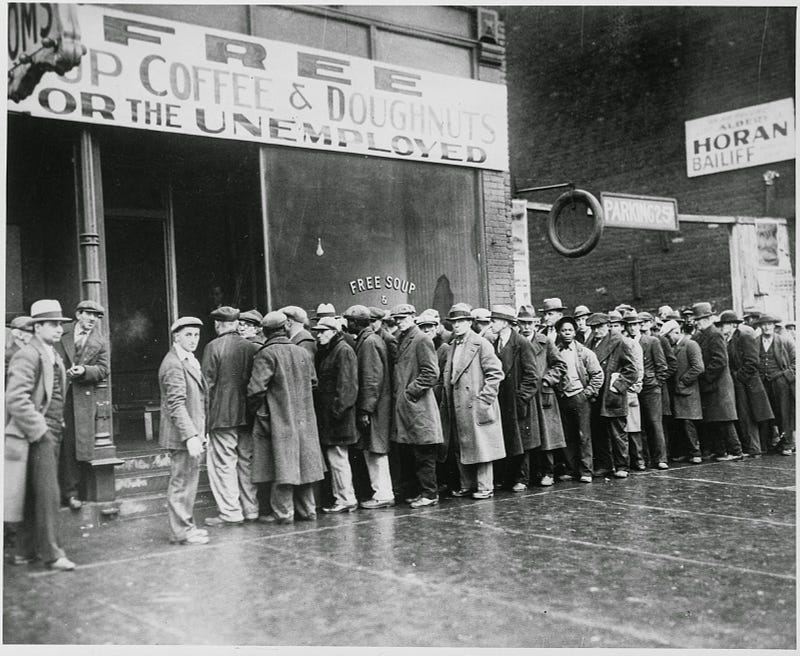The shift from warm weather to cooler temperatures is enjoyable for many people. You get to dig out those sweaters and jackets, walk through fall foliage, and wake up to brisk air streaming through the still open windows. But the flip side of crisp, cool autumn – and the approaching winter – is that something else needs to change: the way you take care of yourself.
Cold air, central heat, increasing winds, and less humidity means that your once luscious skin and hair will begin to dry out, leading to dull skin, an itchy scalp, and cracked feet and hands. While these conditions are uncomfortable, having dry skin also affects your self-esteem. If you don’t think you look your best, you’re not going to feel your best. And as skin is designed to protect us from infection, illness, and allergens, it’s essential to tend to it.
Caring for Skin and Brazilian Hair Weave in Fall and Winter
Good news: There’s plenty you can to do to insulate yourself from the drying climate, and the best time to start is now.
1. Moisturize Frequently
As the outdoor humidity drops, so too does the water content of your skin. In essence, this means it needs better protection – aka a heavier moisturizer. The type you choose depends largely on your skin type. If you have dry or combination skin, pick a moisturizer that’s oil-based rather than water-based, which is what many use in the summer. Thicker, greasier night creams are usually oil based so they can work their magic all night long.
If you have oily skin, your skin may actually relish the loss of moisture in the air, and you might not need to make any transition until winter fully arrives. However, if it starts to feel tight or itchy or looks as if it’s drying out, it’s time for the big guns. Either way, natural moisturizers work best. Olive oil and coconut oil are my saviors, though shea butter, cocoa butter, avocado oil, sweet almond oil, and vitamin E oil also work well.
Lest we not forget, thorough skincare means moisturizing from the inside, too. Taking vitamin E and omega-3 fatty acids – either as supplements or through increased intake of nutritious foods, such as fish, nuts and leafy greens – helps to improve your skin’s elasticity.
And don’t forget a critical rule of skincare in any season: Use sunscreen. Even in fall and winter, especially with snow glare, the sun shines damaging rays. This is the fastest way to age your epidermis. If possible, find moisturizers that contain sunscreen. Otherwise, make sure you apply a good quality SPF 30 simultaneously. If you are concerned about the efficacy of your sunscreen, consult the Environmental Working Group’s Sunscreen Guide for a list of the best sunscreens on the market.
Always moisturize head to toe right after a shower, when your pores are open wide. However, if your skin is prone to acne, this could clog your pores and cause a breakout – so experiment to see how your skin responds best. When you find something that works, stick with it.
If your skin is super dry during the height of winter, consider doing your hands, face, and neck hourly with a natural moisturizer sans any irritating chemicals. You need to be careful because some commercial products actually contain ingredients linked to cancer. If you’re unsure if your current moisturizer or other beauty product is safe, look it up on the Cosmetic Safety Database.
2. Protect Your Brazilian Hair Weave
Just as your skin takes a seasonal beating, your locks get dry and frizzy as well. Flyaway hair and split ends are often reported from the lack of humidity, so hair needs a thick moisturizer to coat each strand and protect it from blow drying on top of the outside air.
 Coconut Oil
Coconut Oil
This is my personal favorite, a miracle product many people don’t know about. I use it in my hair, on my skin (even my face), and even as an additive in food and coffee. It’s so multipurpose I actually buy it in bulk.
What’s so great about it, you ask? Well, besides smelling great, it is loaded with vitamin E, helps control dandruff, contains lauric acid (an antimicrobial that can slow hair loss), and coats the Brazilian hair weave shaft with proteins to build strength, repair damage, and improve shine.
Coconut oil becomes a liquid at 76 degrees. Simply melt a couple tablespoons in the microwave for a couple of seconds (don’t overheat!), or use warm water to melt it down, then massage into your hair and scalp. Let it sit a few minutes, then rinse thoroughly. You can also use solidified coconut oil to tame frizz and add shine. Simply rub your fingers on the coconut oil and massage it into your hair and scalp. If your hair is thin, you might find coconut oil weighs it down, so use less and smear it on the hair but not the scalp.
Coconut oil is available in most large grocery stores or in natural food stores like Whole Foods. Some health and beauty chains, such as The Body Shop, sell coconut oil specifically for hair and skin, but it’s quite expensive. You can save far more buying a tub of it from a market or from Amazon.
Apple Cider Vinegar and Baking Soda
Shampooing in general tends to strip hair of natural oils, and that’s why many people choose natural shampoos. Some use baking soda and apple cider vinegar exclusively to wash their hair. If you search online for “baking soda hair” or “baking soda shampoo,” you’ll find countless stories of people who say their Brazilian hair weave is fuller, healthier, and stronger using these two natural ingredients. My husband uses apple cider vinegar several times a week for his dandruff, and it works far better than any expensive shampoo. So making this switch is clearly a cost cutter as well.
Use the baking soda as a wash by mixing one tablespoon in one cup of water. It’s easier if you put it in a squeeze bottle. Let it sit a couple of minutes, then rinse with the vinegar by mixing one tablespoon with one cup of water as well.
Once you first start using this regularly, your hair weave might actually react by producing more oil – but this is normal. Your Brazilian hair is used to having all the oils stripped out by shampoo and then replaced with conditioner, so it might take several days, or even a few weeks, until it adjusts. Then it will balance out – and look amazing and much healthier.

This is my personal favorite, a miracle product many people don’t know about. I use it in my hair, on my skin (even my face), and even as an additive in food and coffee. It’s so multipurpose I actually buy it in bulk.
Shampooing in general tends to strip hair of natural oils, and that’s why many people choose natural shampoos. Some use baking soda and apple cider vinegar exclusively to wash their hair. If you search online for “baking soda hair” or “baking soda shampoo,” you’ll find countless stories of people who say their Brazilian hair weave is fuller, healthier, and stronger using these two natural ingredients. My husband uses apple cider vinegar several times a week for his dandruff, and it works far better than any expensive shampoo. So making this switch is clearly a cost cutter as well.
3. Exercise and Stay Hydrated
Ever notice how much healthier people look during the summer? That’s due to several factors: We spend a lot of time outdoors absorbing vitamin D; we are more active; and, partly because of the heat, we drink a lot more water. Then the seasons change, and we slowly move into hibernation mode. And quite simply, stagnation and sitting isn’t good for any part of your body.
In the chillier months, it’s essential to keep up your level of exercise. It not only makes you feel great, but it helps remove toxins from your system and gives your skin a healthy glow. There are plenty of ways to work out at home, so a gym membership isn’t a necessary purchase. I gave up mine years ago in favor of doing yoga at home, and I’d never go back to slogging on a treadmill!
Because you also need to keep drinking water when the temperatures dip, try to develop a routine at work where you sip throughout the day and aim for a full eight glasses by the time you go home. Once you’re in a good groove, try to extend the routine to the weekends. And use a small cup so you have to walk more to fill it up. Every step counts.
4. Don’t Turn Up the Hot Water
When the weather gets cold, it’s tempting to turn up the hot-water heater to make those showers extra toasty. However, hot water actually dehydrates your skin and Brazilian hair weave, especially in drier air. Soaking yourself in a too-hot tub is like cooking the moisture out of your skin, stripping it of natural protective oils – and you actually risk surface burns. By contrast, a comfortably warm bath can help seal in skin’s moisture, especially if you add oatmeal, dry or liquid milk, and even honey to the water.
To help temper your use of hot water, keep the water heater at the same position all year round – or better yet, see if you can edge it down in the fall and winter.
5. Exfoliate Naturally
Skin cells are constantly dying. As sad as that sounds, it’s actually a healthy thing, because they’re always being replaced with fresh new cells. When you exfoliate – scrub away the dry, dead cells – you accelerate that process and prevent your skin from looking dull and pasty. I use oatmeal as a natural exfoliant, as it’s great on dry skin, especially when blended with milk and honey. If you have oily skin, use baking soda and water. Both work wonders and are far cheaper than commercial masks.
Scrub your skin with a quality exfoliant at least twice weekly during the cooler months. If your skin is especially dry, you might want to opt for three or four times.





